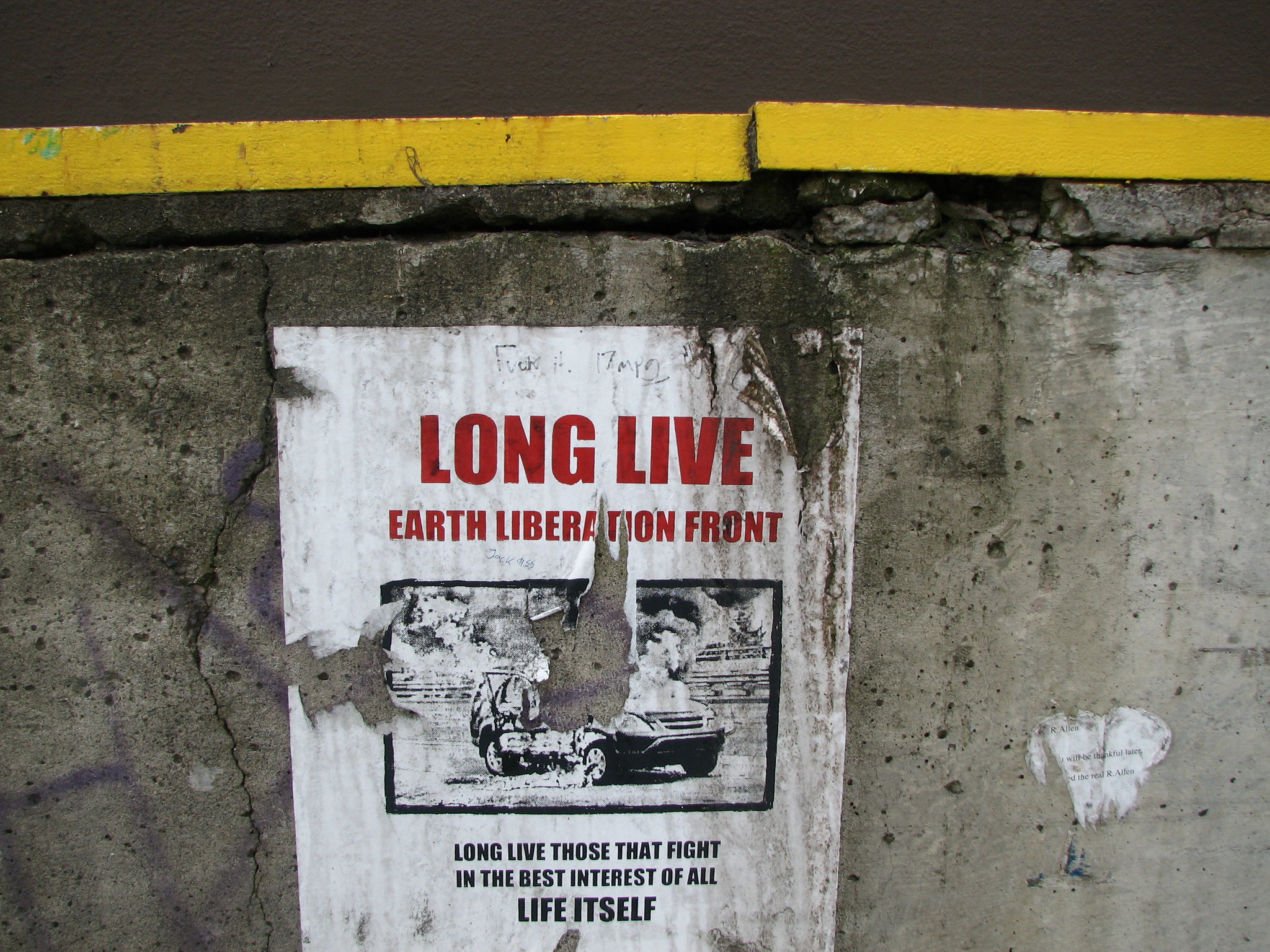Editors note: this material is excerpted from a Deep Green Resistance database called “Resistance Profiles,” which explores various movements, their strategies and tactics, and their effectiveness. We encourage you to study all social movements to learn from their successes and failures.
Goal
Strategy
Tactics
Organization
Above/Underground
Security
Recruitment
Effectiveness
The ELF’s strategy of attrition has not inflicted enough losses to offset the profits of extractive and destructive industries. Though activists have caused more than $100 million in damages in various attacks, and slowed or halted many projects, the impact has been negligible on industrial expansion as a whole.
Despite being named by the FBI as the leading domestic terrorism threat, relatively few arrests have been made and most cases remain unsolved.
Further learning
- Fanning the Flames
- FAQ about ELF from NAELFPO
- Ecoterrorism; Extremism in the Animal Rights and Environmentalist Movements
- If a Tree Falls (2011)
- Burning Rage of a Dying Planet: Speaking for The Earth Liberation Front by Craig Rosebraugh
Featured image by vj_pdx. Used under CC BY-NC-SA 2.0.

